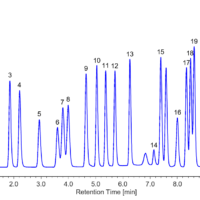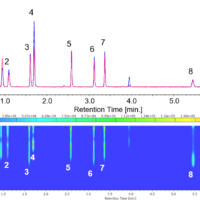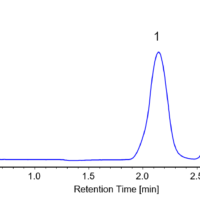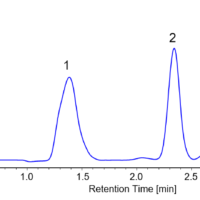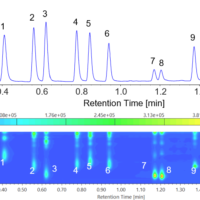Introduction
The high selectivity and high sensitivity measurement of amino acids requires the derivatization as amino acids do not absorb in UV-Vis region or fluorescence. Pre-column and post-column derivatization methods can be used for the analysis of amino acids. In the case of pre-column derivatization, the sample is derivatized in the autosampler and then separated in a C18 or similar column and detected. On the other hand, in the case of post-column derivatization, the sample is separated using an ion-exchange column or similar first, then mixed with reaction solution for derivatization and then detection.
JASCO offers several analysis systems. 1. Pre-column derivatization system using orthophtalaldehyde (OPA) for fluorescence detection, 2. Pre-column derivatization system using Dabsyl chloride for absorbance detection, 3. Post-column derivatization system using OPA for fluorescence detection and 4. Post-column derivatization system using ninhydrin for absorbance detection.
The pre-column derivatization method has many advantages such as a simple system configuration, wide selectivity of derivatization reagents, and offers a high sensitive measurement.
In this article, 19 amino acids were measured using OPA pre-column derivatization through the automated pre-column derivatization function of autosampler. The RHPLC conditions drastically reduced the measurement time.
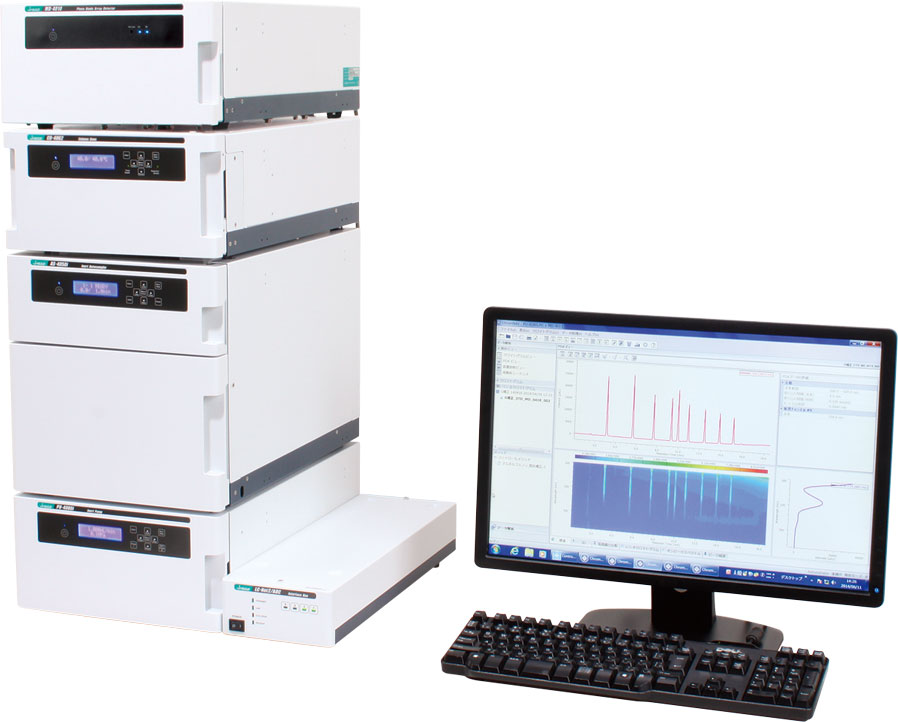
LC-4000 RHPLC system
Experimental
Experimental Condition
Column: X-PressPak V-C18 (2.0 mmI.D. x 50 mmL, 2 µm)
Eluent A: 1M citrate buffer (pH 5.8) 3.5 mL in 1 L of H2O
Eluent B: 1M citrate buffer (pH 5.8) 3.5 mL in 1 L of CH3CN/C2H5OH/H2O (30/30/40)
Gradient condition(A/B): 0 min(90/10) -> 0.2 min(90/10) -> 2.2 min(72/28) -> 2.5 min(72/28) -> 4.6 min(42/58) -> 5.0 min(42/58) -> 6.1 min(23/77) -> 6.15 min(0/100) -> 7.0 min(0/100) -> 7.05 min(90/10), 1 cycle; 12 min.
Flow rate: 0.6 mL/min
Column temp.: 40 ˚C
Detection: Fluorescence detection (Ex; 345 nm, Em; 455 nm, Gain; x10)
Injection volume: 1 µL
Standard sample: 19 amino acids 20 nmol/mL each in 0.01 M hydrochloric acid
Keywords
RHPLC, Fluorescence detector, OPA pre-column derivatization, amino acid, C18
Results
The 19 standard amino acids were distinctly separated as shown in Figure 1.
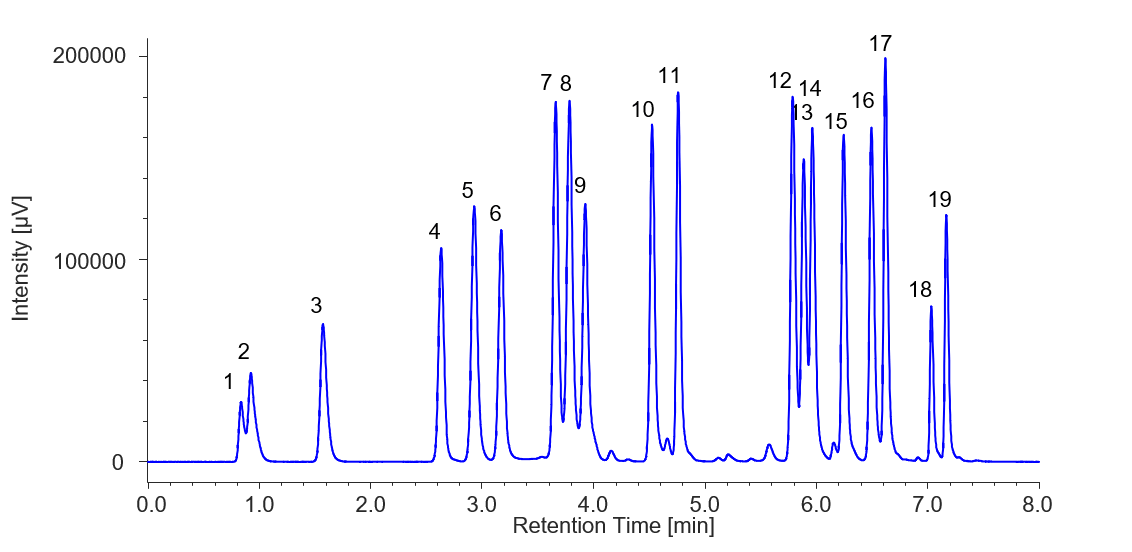
Figure 1. Chromatogram of standard mixture of amino acids (1: Cysteic acid, 2: Aspartic acid, 3: Glutamic acid, 4: Asparagine, 5: Serine, 6: Histidine, 7: Arginine, 8: Glycine, 9: Threonine, 10: Alanine, 11: Tyrosine, 12: Methionine, 13: Valine, 14: Tryptophan, 15: Phenylalanine, 16: Isoleucine, 17: Leucine, 18: Ornithine, 19: Lysine)
The chromatogram of soy sauce is shown in figure 2 with the sample preparation details below.
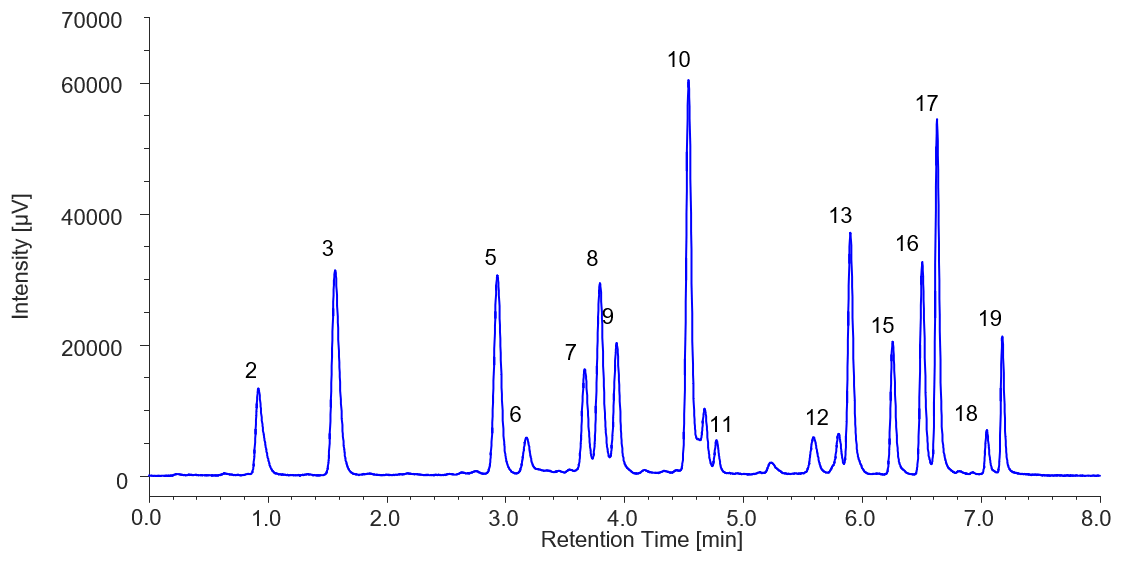
Figure 2. Chromatogram of soy source (2: Aspartic acid, 3: Glutamic acid, 5: Serine, 6: Histidine, 7: Arginine, 8: Glycine, 9: Threonine, 10: Alanine, 11: Tyrosine, 12: Methionine, 13: Valine, 15: Phenylalanine, 16: Isoleucine, 17: Leucine, 18: Ornithine, 19: Lysine)
* Pretreatment method of the sample:
1) Soy source was diluted 10000 times with 0.01 M HCl.
2) Filtered with 0.2 µm membrane filter
3) Injected into HPLC
The chromatogram of an ornithine-containing soft drink is shown in figure 3 with the sample preparation details below.

Figure 3. Chromatogram of ornithine-containing soft drink (2: Aspartic acid, 3: Glutamic acid, 15: Phenylalanine, 17: Leucine, 18: Ornithine)
* Pretreatment method of the sample:
1) Ornithine-containing soft drink was diluted 100 times with 0.01 M HCl.
2) Filtered with 0.2 µm membrane filter
3) Injected into HPLC

